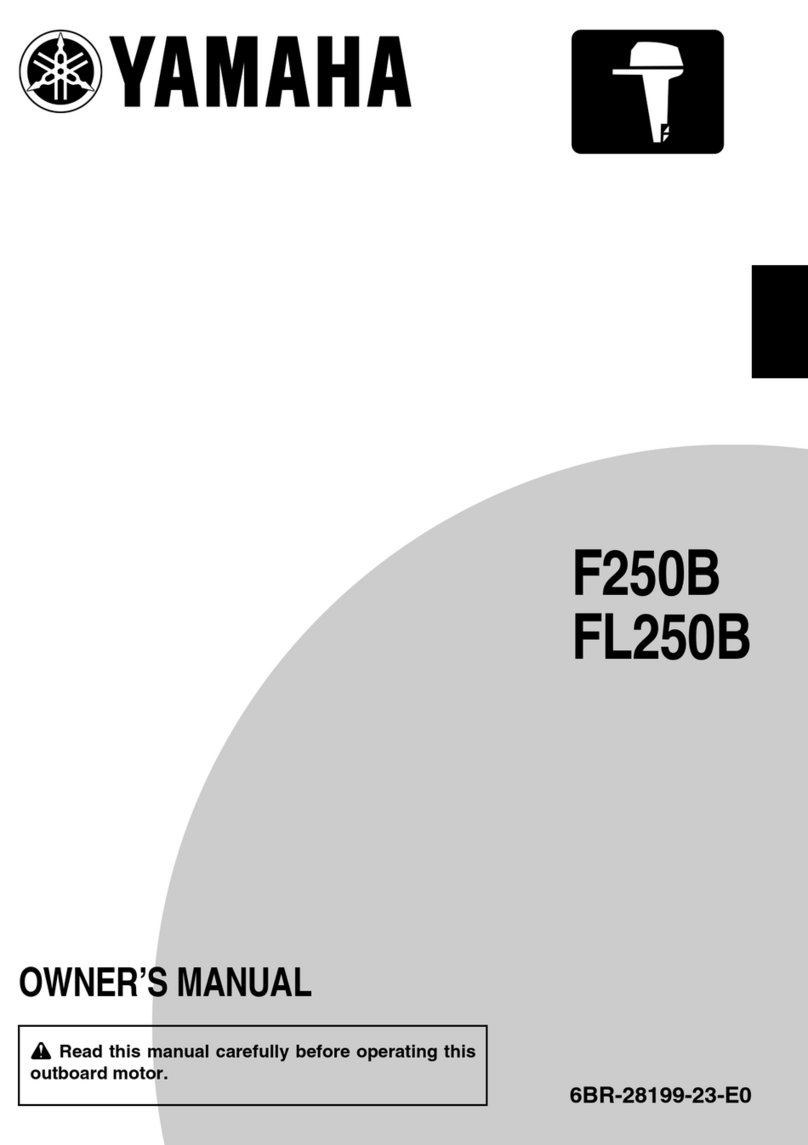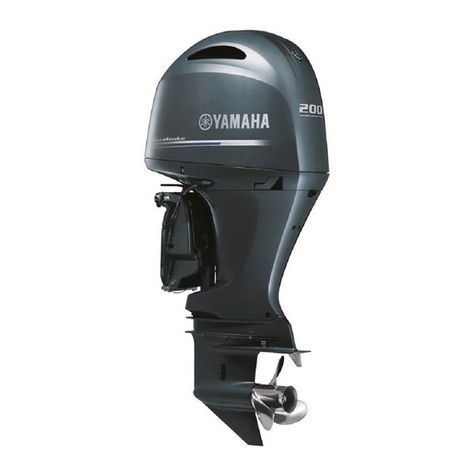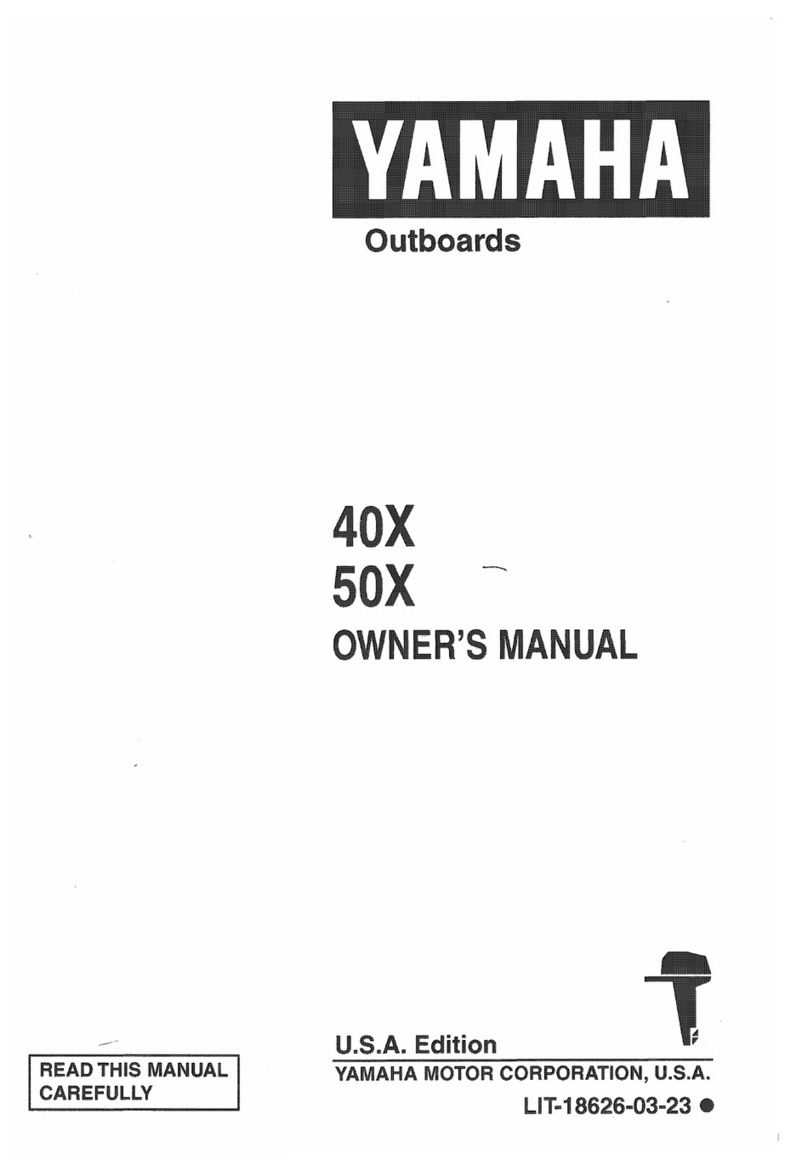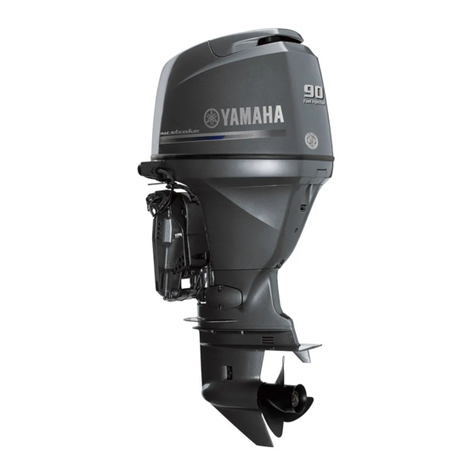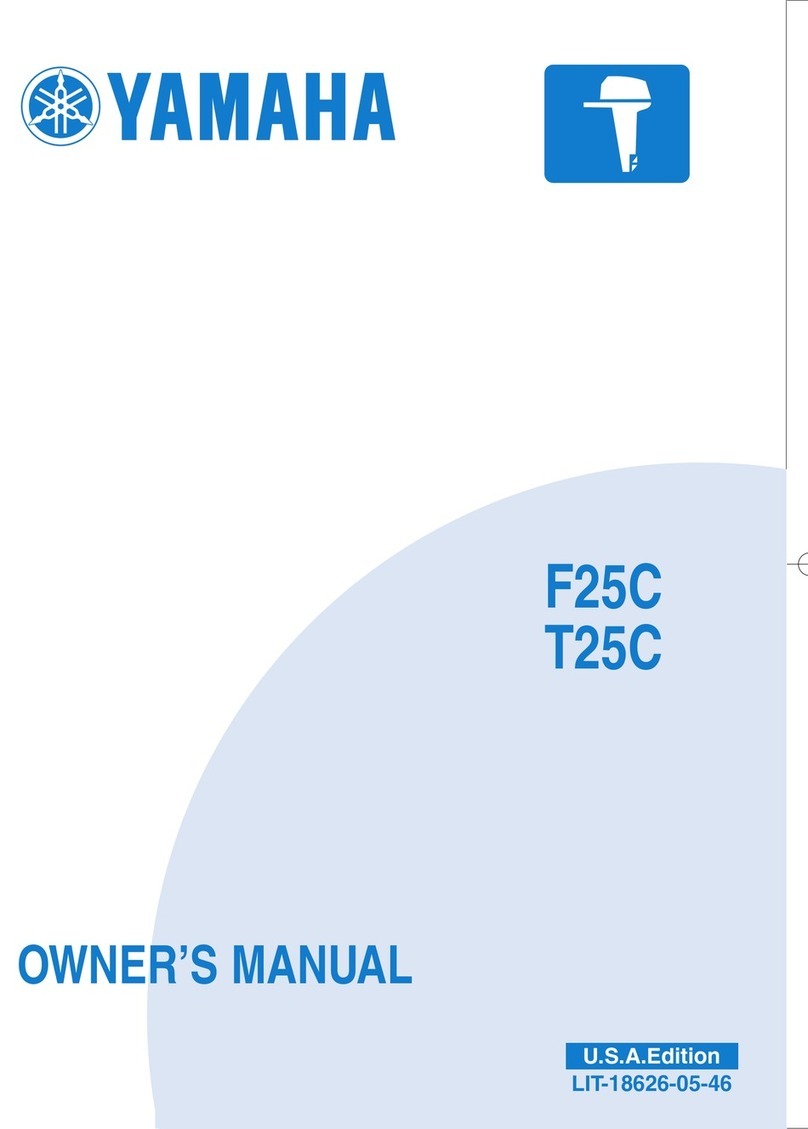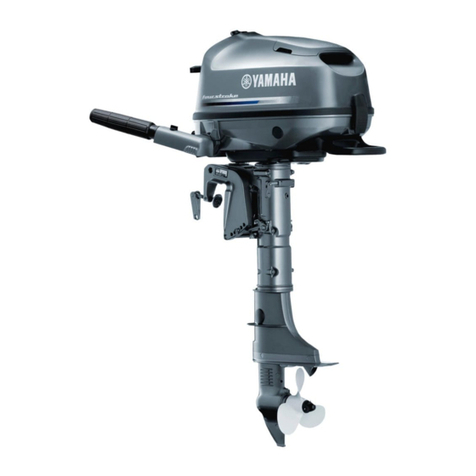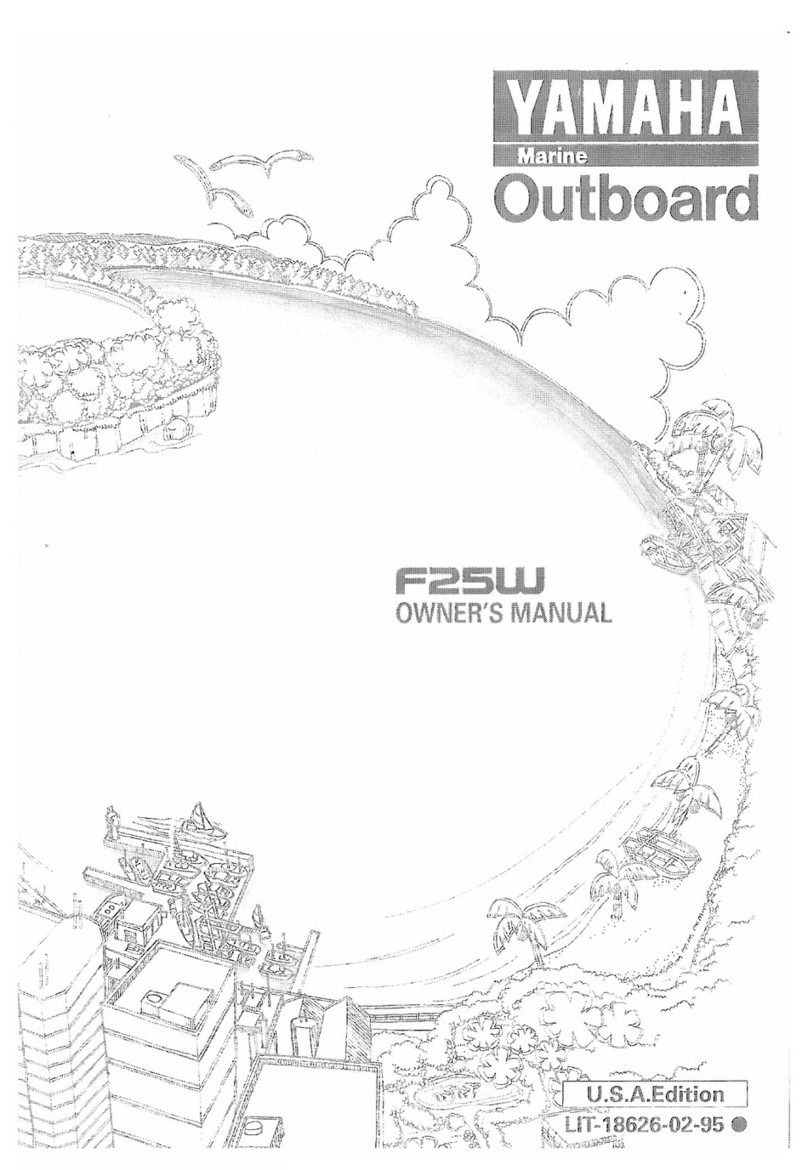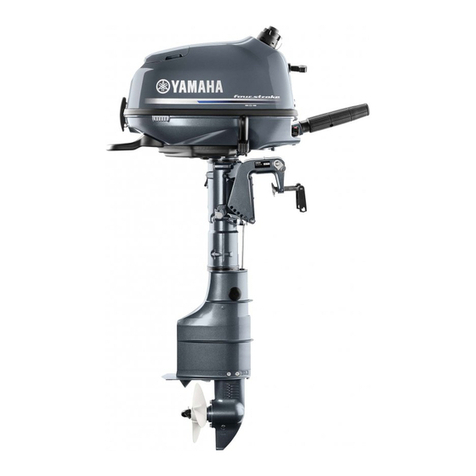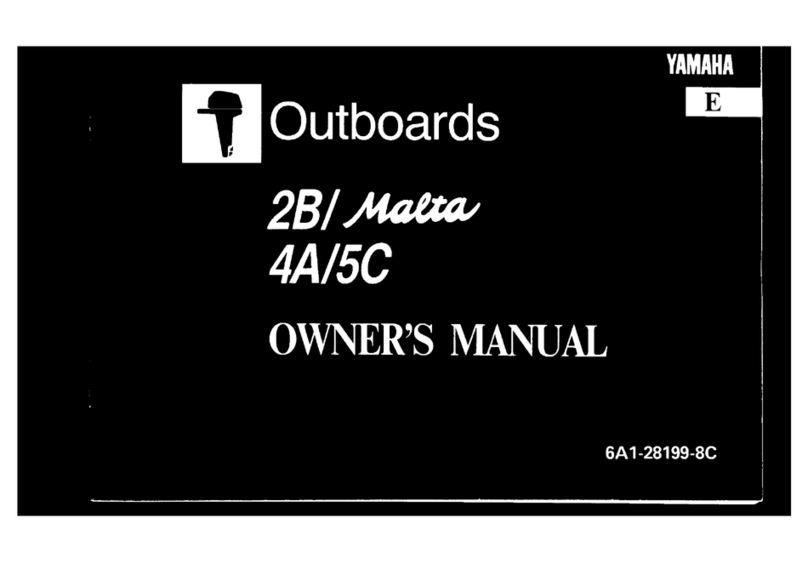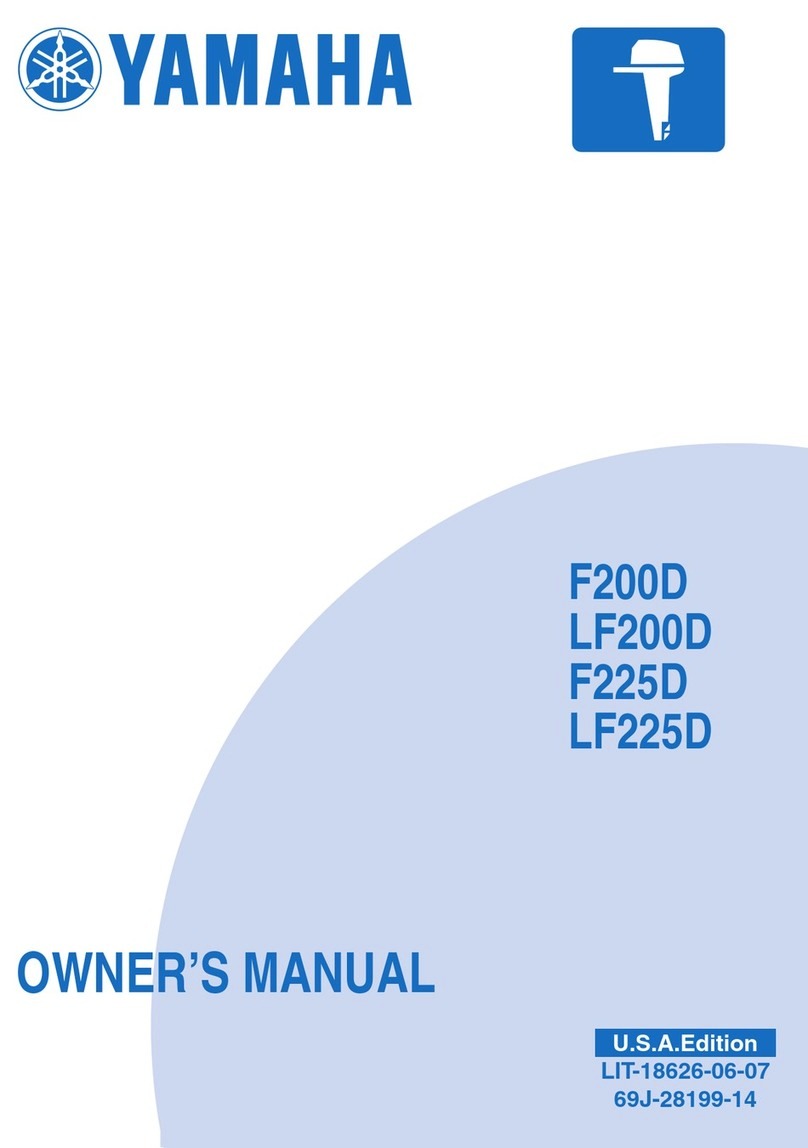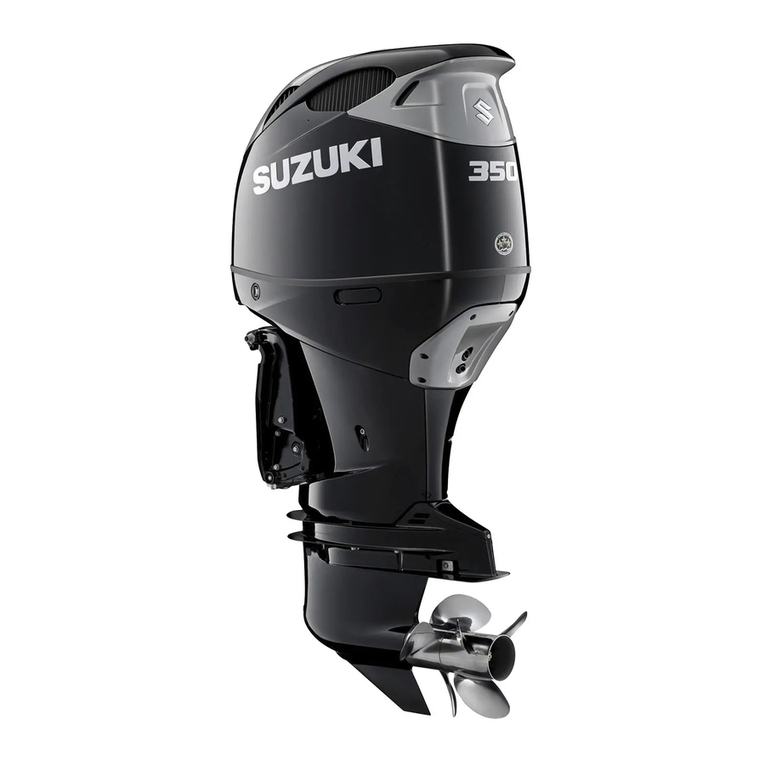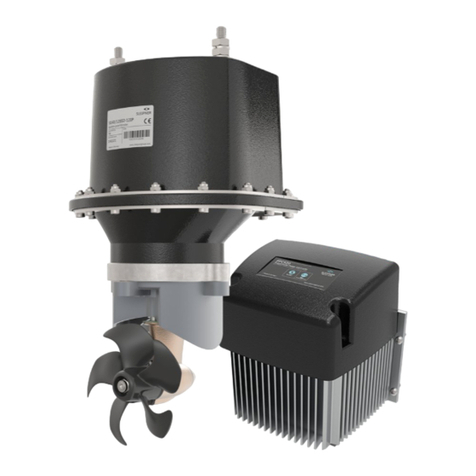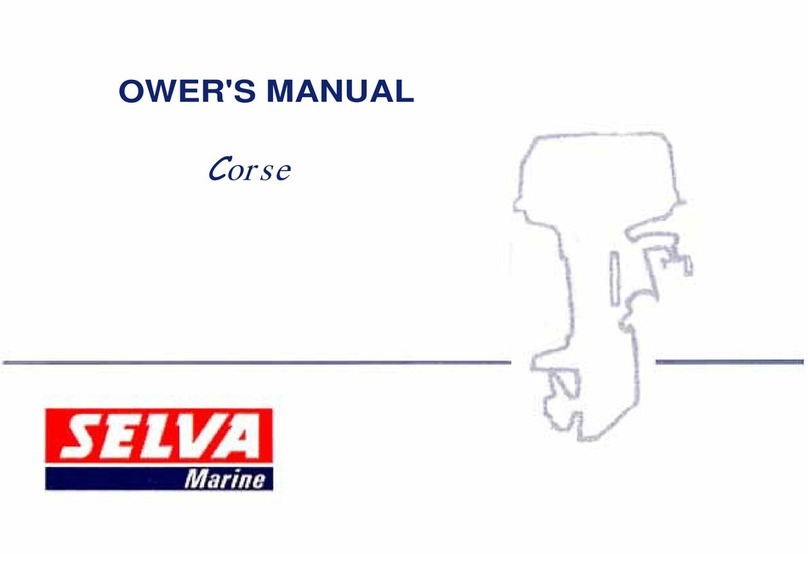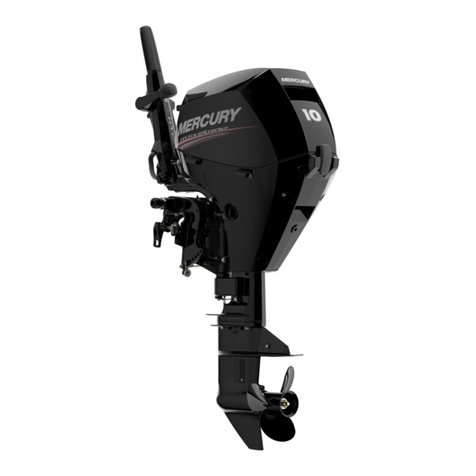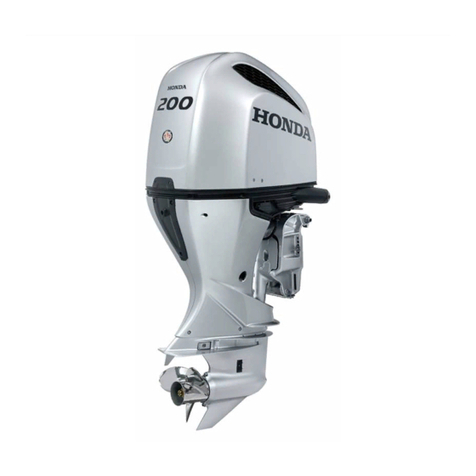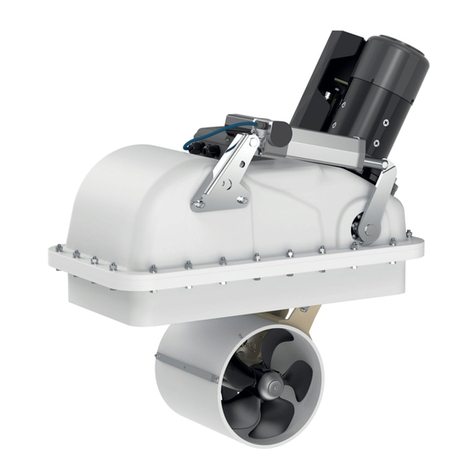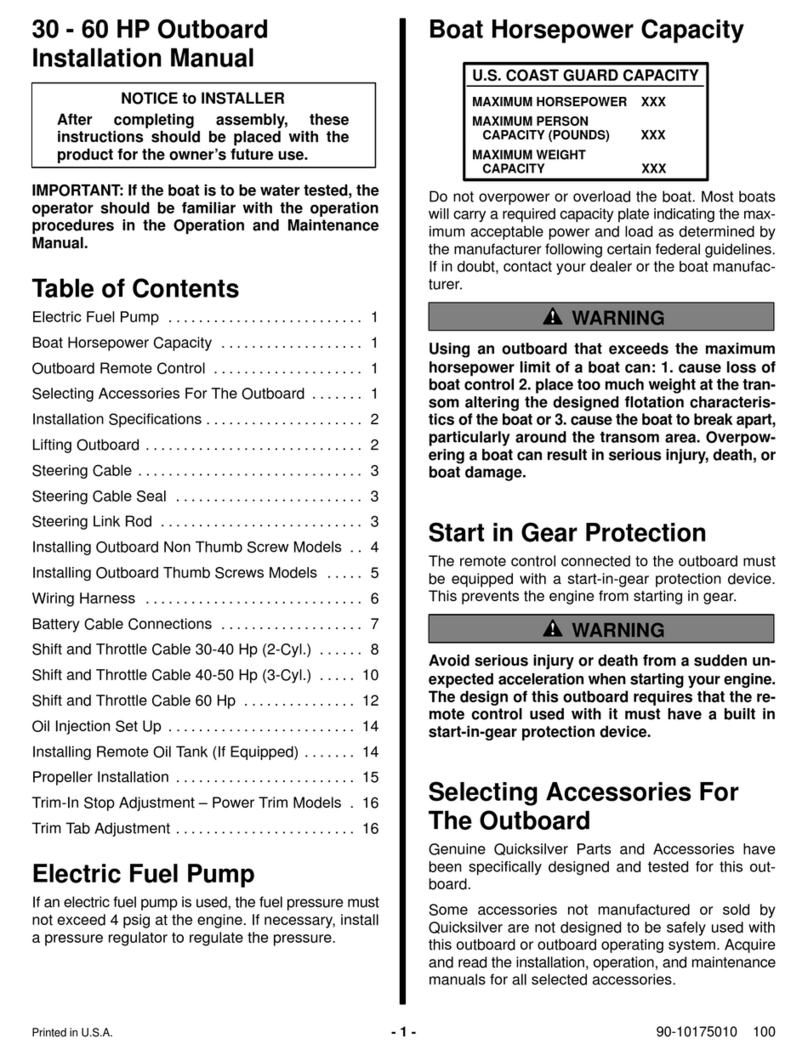
6C13G11
GEN
INFO
1
2
3
4
5
6
7
8
9
General information
How to use this manual.................................................................................1-1
Manual format............................................................................................1-1
Symbols.....................................................................................................1-2
Safety while working......................................................................................1-3
Fire prevention...........................................................................................1-3
Ventilation..................................................................................................1-3
Self-protection ...........................................................................................1-3
Parts, lubricants, and sealants ..................................................................1-3
Good working practices .............................................................................1-4
Disassembly and assembly .......................................................................1-4
Identification...................................................................................................1-4
Applicable models .....................................................................................1-4
Serial number ............................................................................................1-5
Outline of features .........................................................................................1-6
Features and benefits....................................................................................1-7
Fuel system ...............................................................................................1-7
Solenoid valve ...........................................................................................1-8
Electronic control system...........................................................................1-9
ECM (Electric Control Module) ................................................................1-10
Variable trolling RPM switch (optional)....................................................1-11
Propeller selection.......................................................................................1-12
Propeller size...........................................................................................1-12
Selection..................................................................................................1-12
Predelivery checks ......................................................................................1-13
Checking the fuel system ........................................................................1-13
Checking the engine oil level...................................................................1-13
Checking the gear oil level ......................................................................1-13
Checking the battery................................................................................1-13
Checking the outboard motor mounting height........................................1-14
Checking the remote control cables ........................................................1-14
Checking the steering system .................................................................1-14
Checking the gear shift and throttle operation.........................................1-15
Checking the power trim and tilt system..................................................1-15
Checking the hydro tilt system.................................................................1-15
Checking the engine start switch and engine stop lanyard switch ..........1-16
Checking the cooling water pilot hole ......................................................1-16
Test run ...................................................................................................1-17
Break-in ...................................................................................................1-17
After test run ............................................................................................1-17



